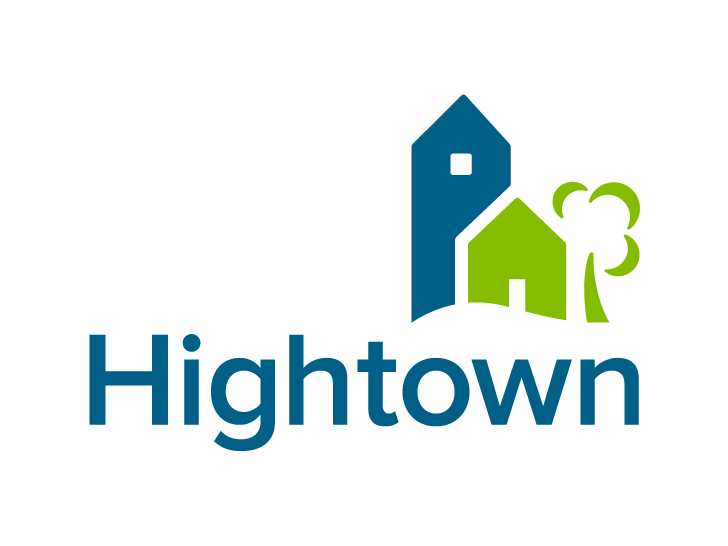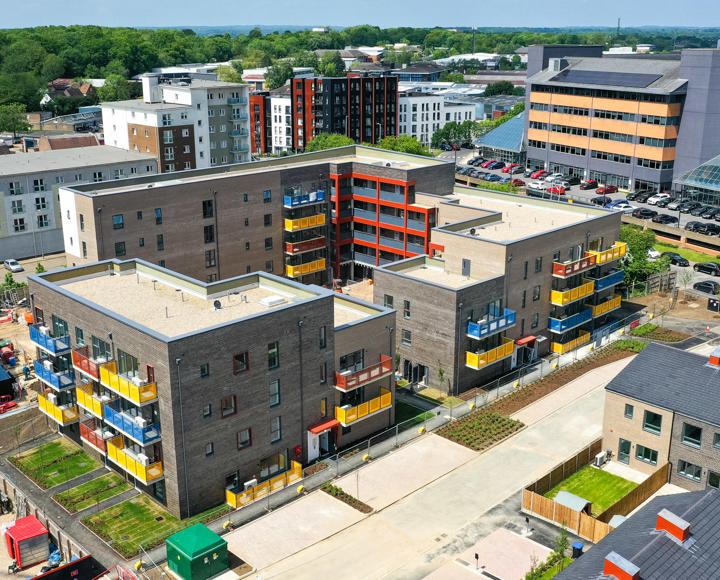Our Developments
Check out some of Hightown's latest 100% affordable housing developments.
-
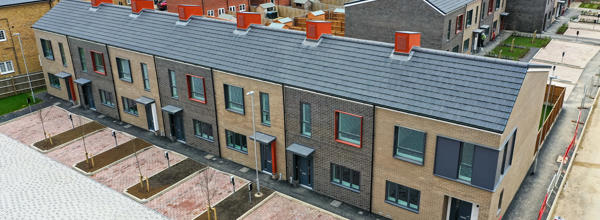
Heart of Maylands, Hemel Hempstead
Phase 2 of our biggest development to date will deliver 158 homes and three commercial units, adding to the 130 homes and ten shops built in 2017.
-
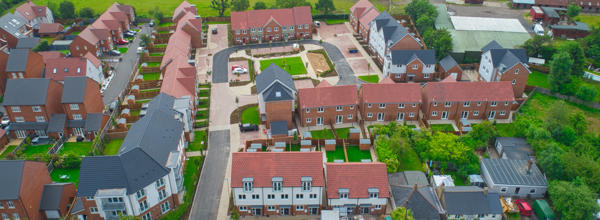
Rossway Quarter, Bushey
This high quality development includes 55 affordable houses and flats for affordable rent and shared ownership.
-
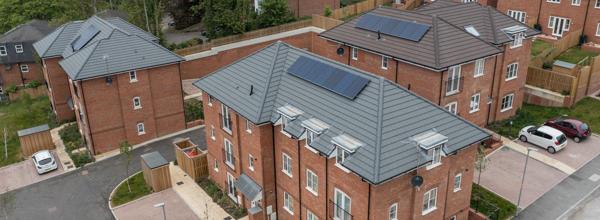
Springfield View, Chesham
Hightown’s new development Springfield View brings 89 new affordable homes for rent and shared ownership to Chesham.
-
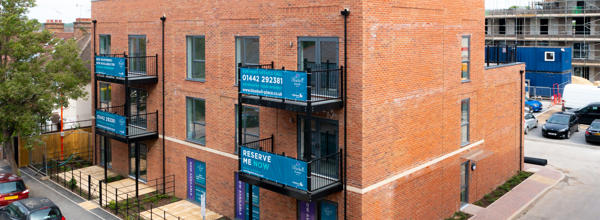
Whippendell Marine
Located on within a short walk of the centre of Watford, this development brings 81 new homes to the area in the form of one, two and three-bedroom flats for rent and shared ownership.
-
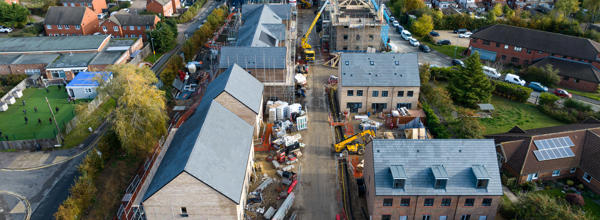
Oakley House, Luton
Built on the site of the former Whitbread offices, the development will provide 65 affordable homes for rent, allocated to people in housing need nominated by Luton Borough Council.
